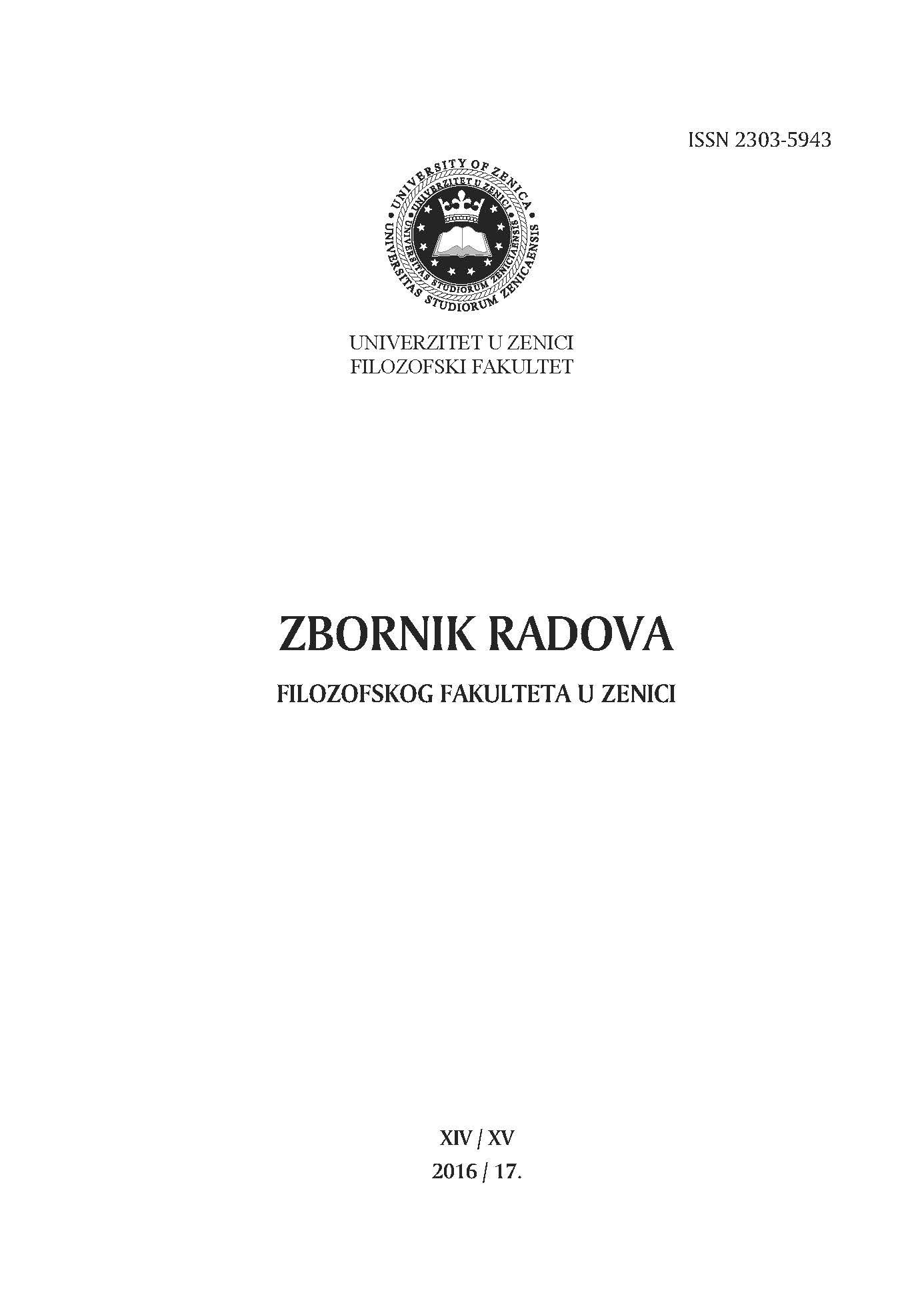REALIZACIJA NASTAVNOG PLANA I PROGRAMA MUZIČKE KULTURE DEVETOGODIŠNJEG OSNOVNOG ODGOJA I OBRAZOVANJA U KONTEKSTU OBRAZOVANJA STUDENATA RAZREDNE NASTAVE
REALIZATION OF MUSIC CLASSES CURRICULUM IN NINE-YEARS PRIMARY EDUCATION PLAN IN TERMS OF EDUCATING CLASSROOM TEACHING STUDENTS
Author(s): Indira MeškićSubject(s): Education, Music
Published by: Filozofski fakultet, Univerzitet u Zenici
Keywords: curriculum; discrepancy in education; correlation to other subjects; secondary education
Summary/Abstract: The number of music classes from the first to the fifth grade of nine-years primary education has been reduced to 2+2+2+2+1 according to the Curriculum designed by the Federal Ministry of Education. This is insufficient in comparison to the number of classes planned for other subjects, but pointing at this insufficiency is not the aim of this paper. This paper aims at pointing to the evident inconsistency between the content of the curriculum for the younger students (classroom teaching) and students who will choose music as their occupation. The afore-mentioned curriculum encompasses the following: to realize the subject area of music: music games, listening to music, chants, singing and playing in accordance with the curriculum designed for the age group (which was adopted in 2003 and used ever since) as well as the curriculum of the classroom teaching department at the pedagogical faculties. Clearly, the curriculum designed for the younger students requires their classroom teacher to be fully prepared, in terms of education, activities and creativity, to teach the lesson to his/her students. Unfortunately, students who are enrolled in pedagogical faculties did not have any subjects that enabled them to study music art/culture. Though their desire to graduate from a faculty that will enable them to work with young children is praiseworthy, their previous education makes it hard for them to meet the curricular goals. Previous experience shows that the difficulties the afore-mentioned students encounter are in direct relation to subjects with fewer classes in primary schools (physical education and art). Music classes are also troublesome for students due to an insufficient number of classes, and it is the focus of this paper within that context.
Journal: Zbornik radova Filozofskog fakulteta
- Issue Year: 2017
- Issue No: XIV/XV
- Page Range: 367-372
- Page Count: 6
- Language: Bosnian

